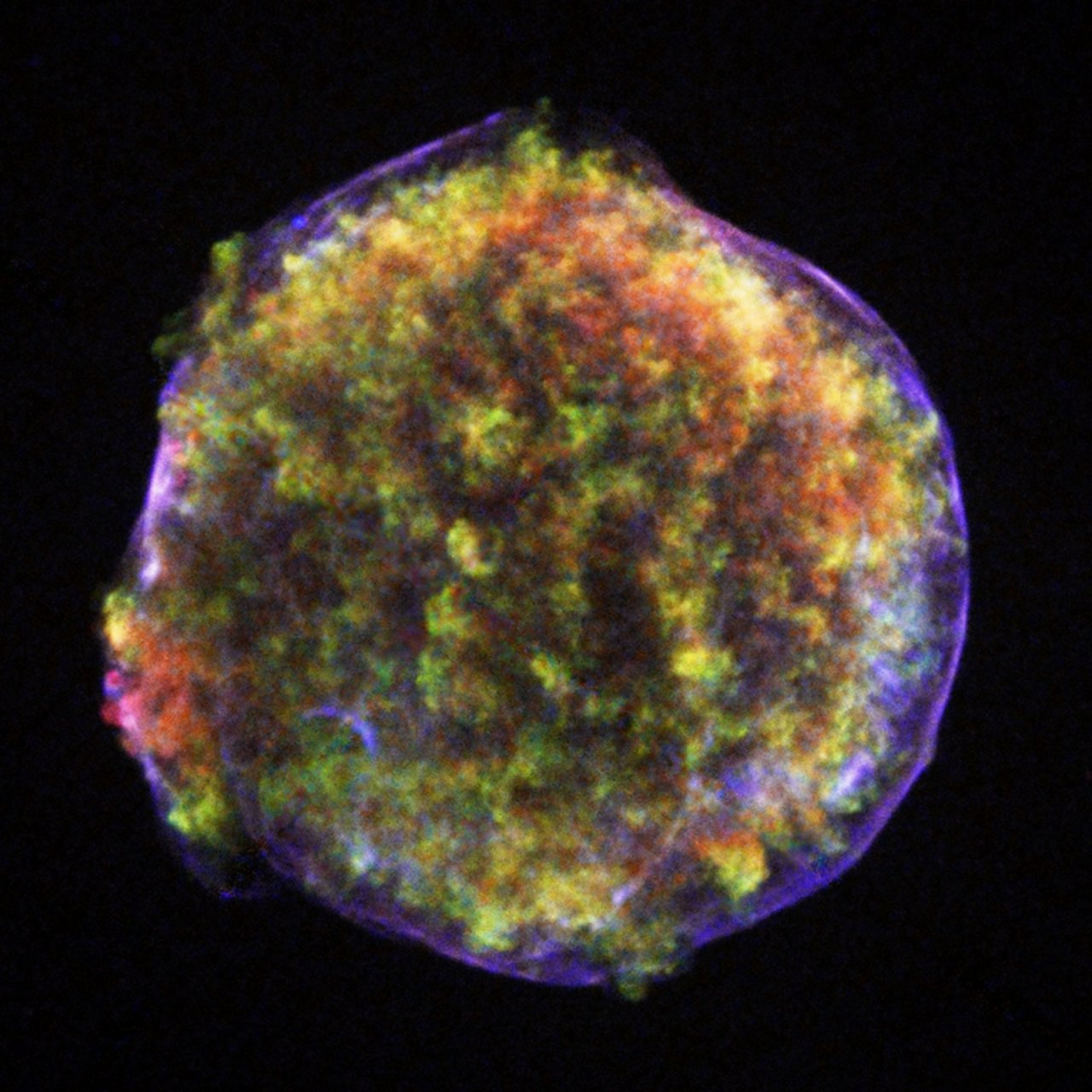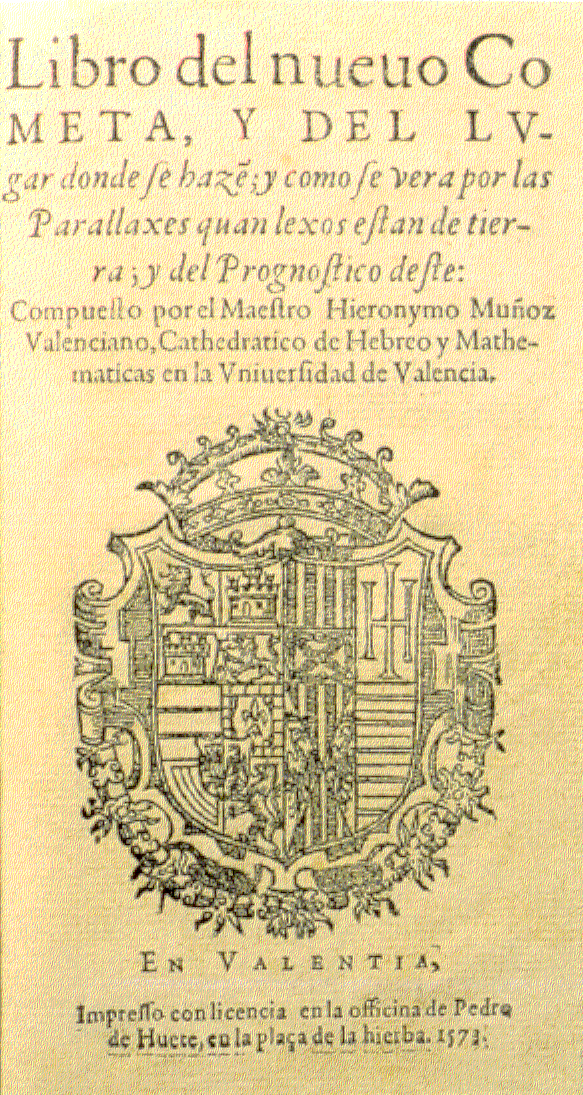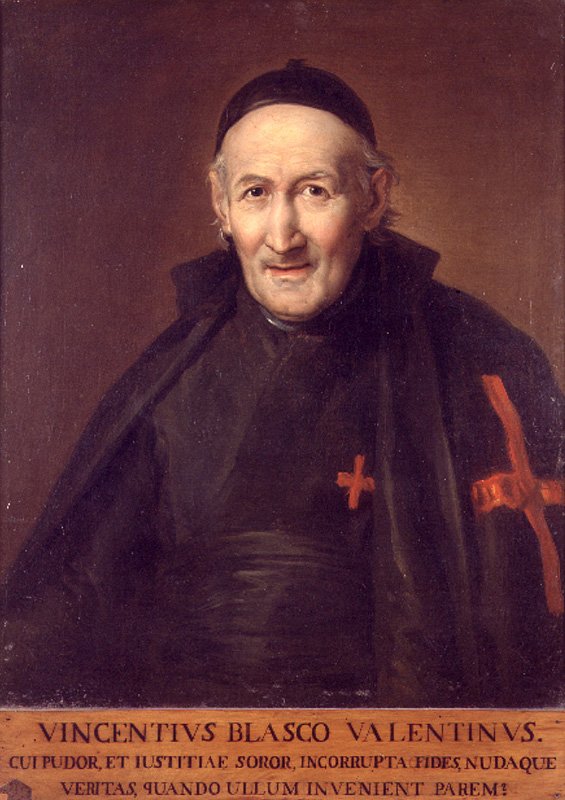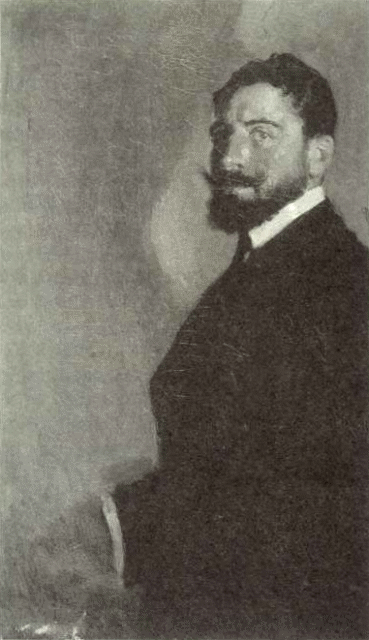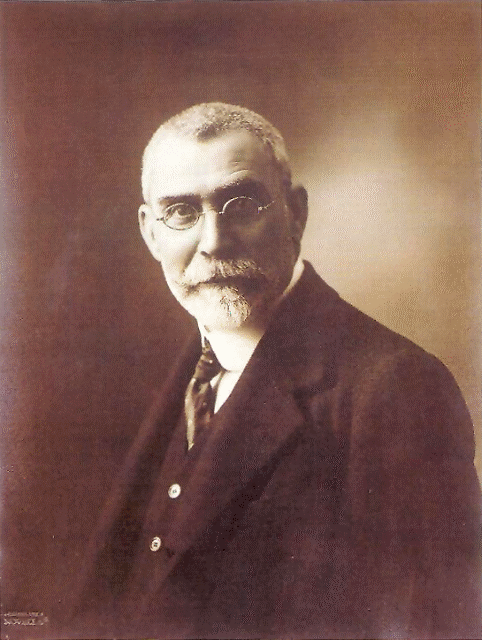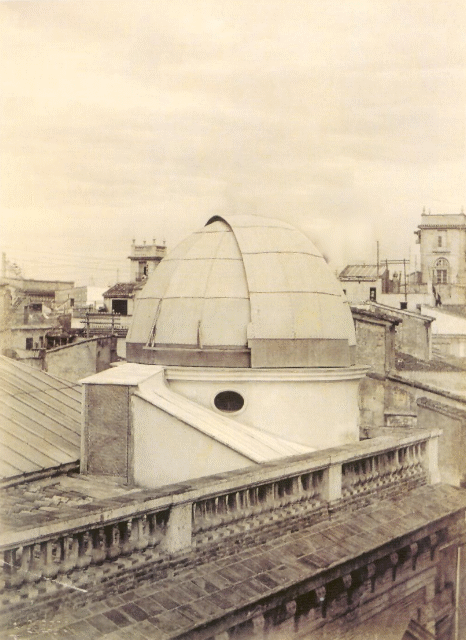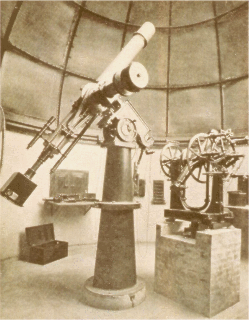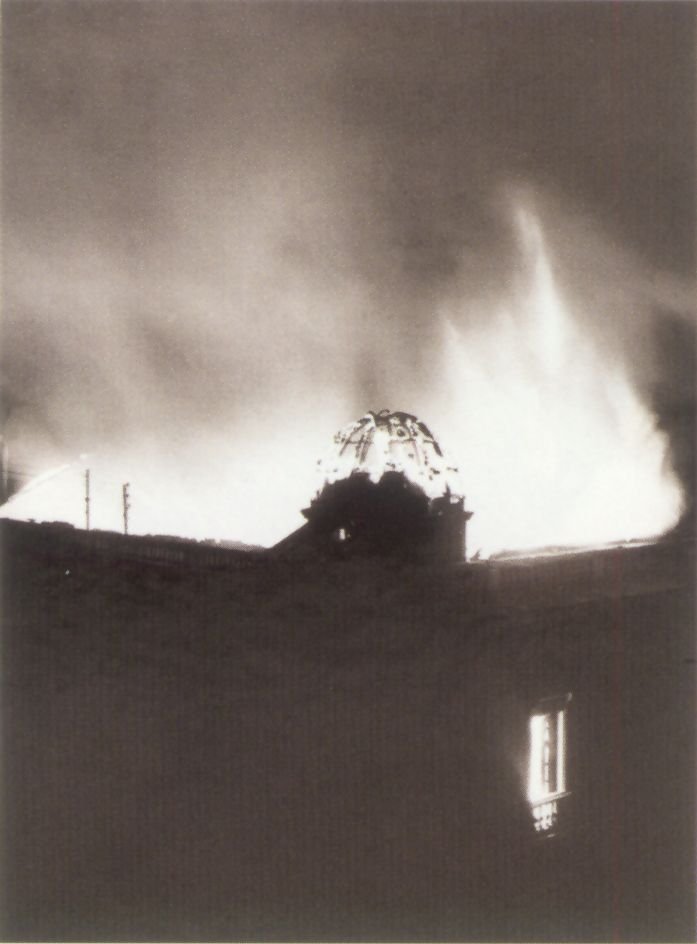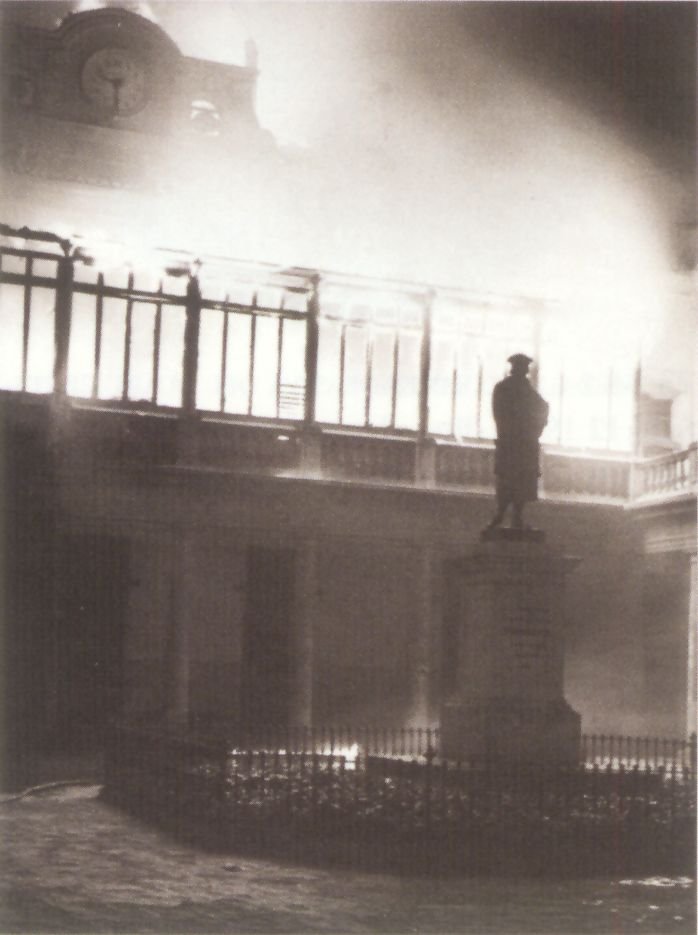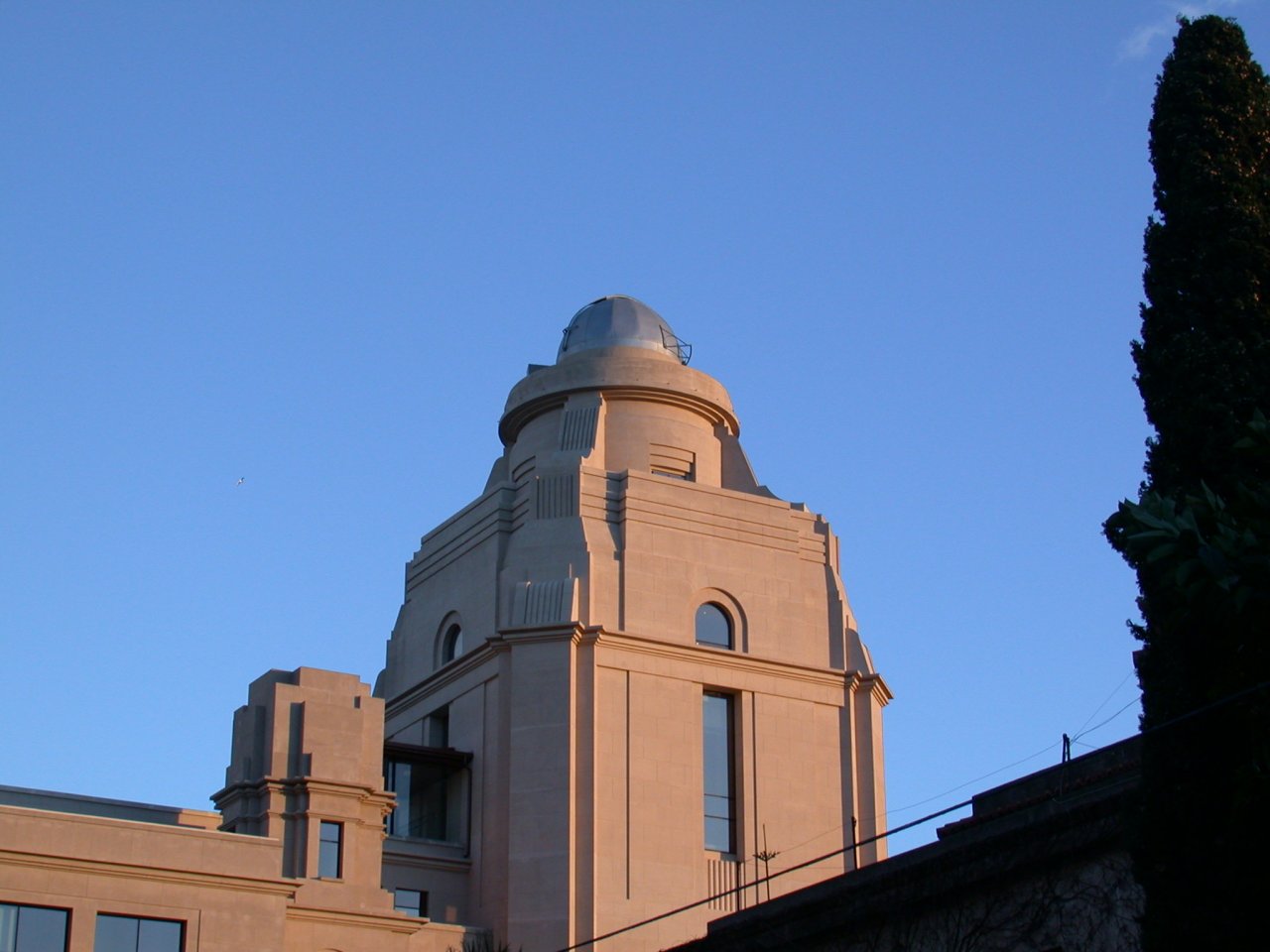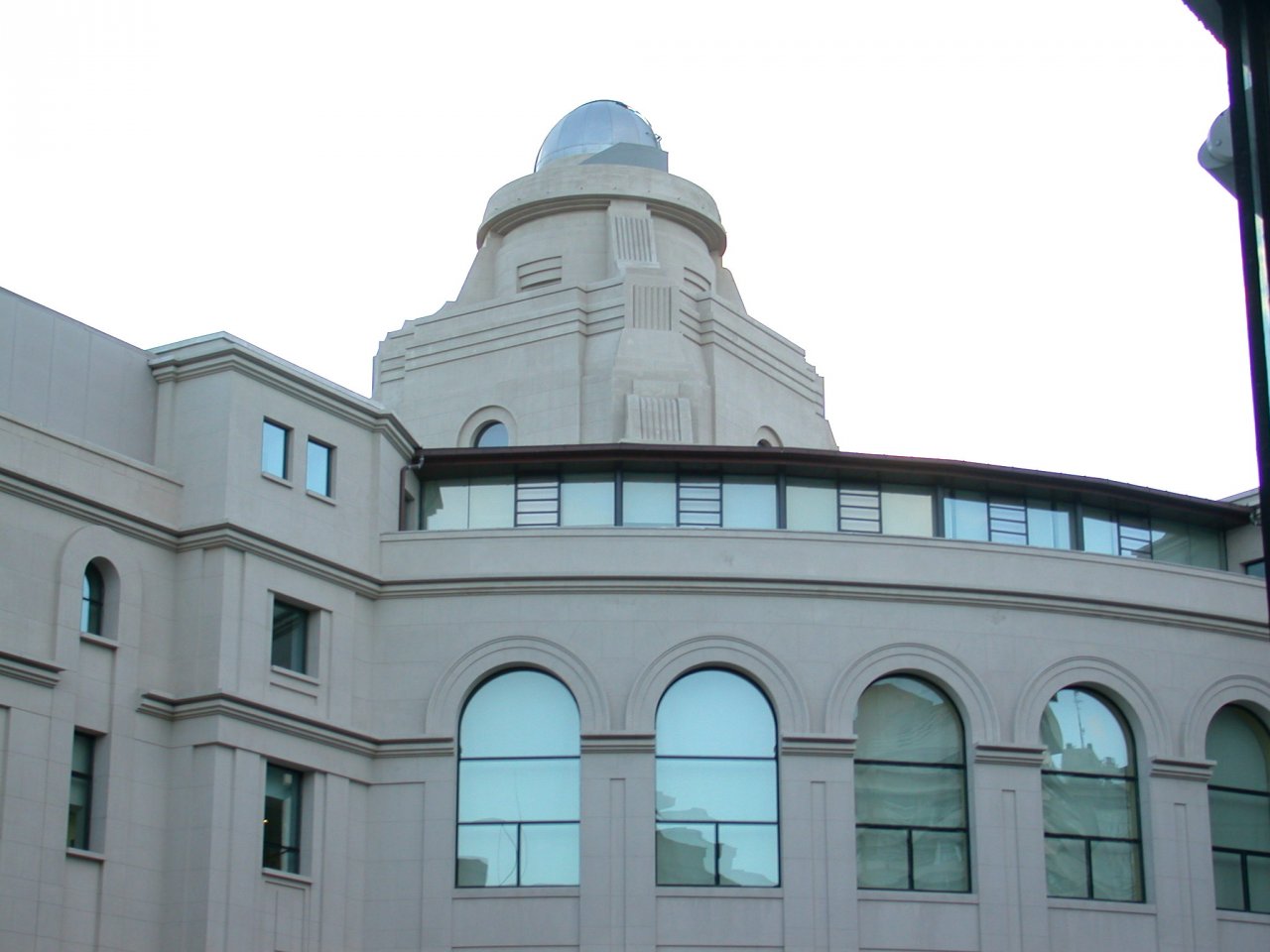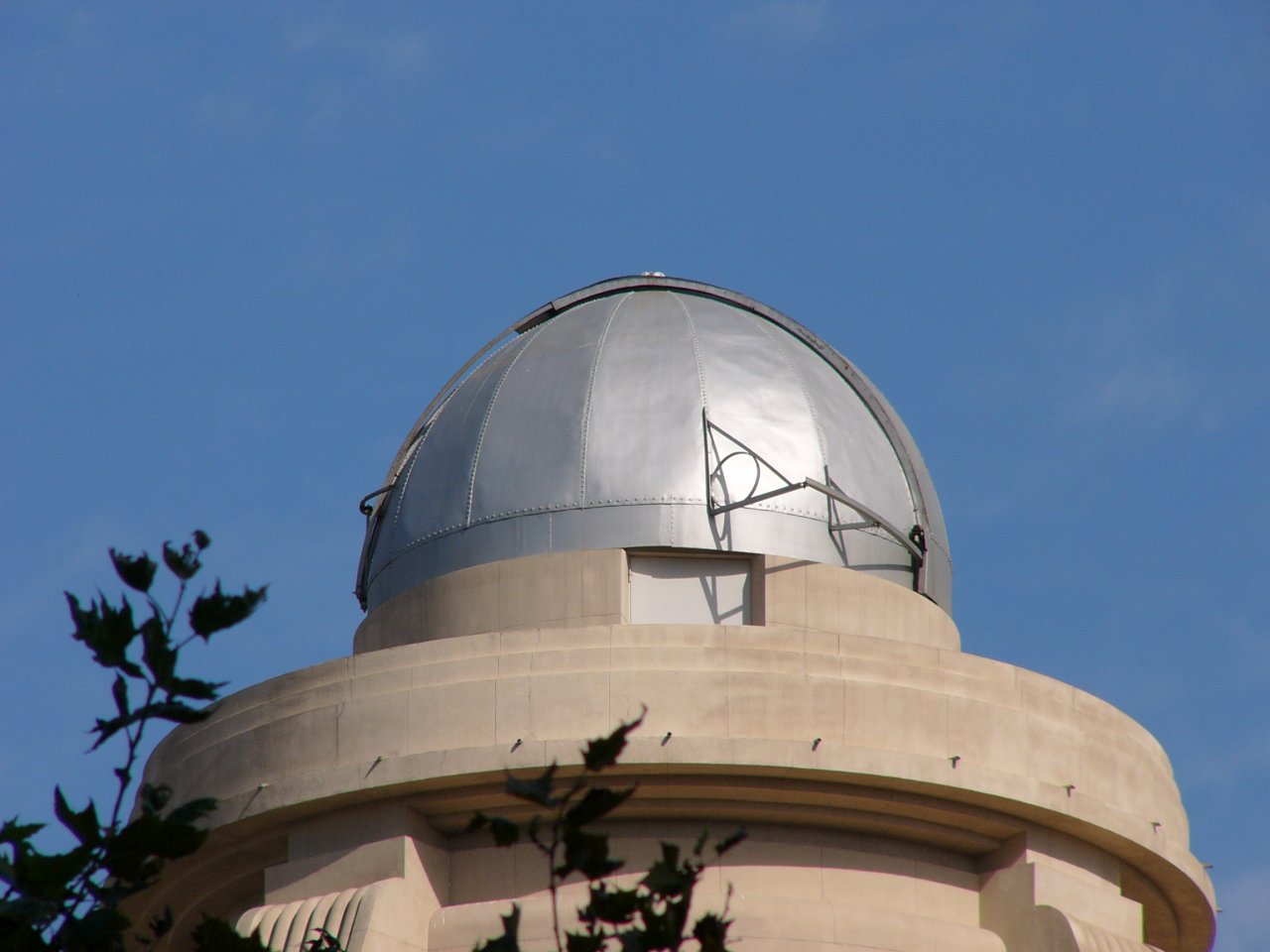The Observatori Astronòmic: From its Creation up until the Present Day
The link between the Universitat de València and astronomy can be traced back to its beginnings. In the period immediately following the founding of the Universitat de València (1501), Jeroni Muñoz, a professor of Astronomy, Mathematics, and Hebrew, stood out so much that the current research centre at Burjassot was named after him. In 1572, Muñoz observed a stella nova—a new star—appearing in the constellation of Cassiopeia. By that time, King Philip II had already commissioned him to write a treatise on the star. Below is the cover of the treatise, which reads “Treatise on the New Comet and The Place Where It Is and How It Is Seen from Its Parallax, which Is Far from The Earth.” Aware of how this new star could be used as observational evidence to challenge Aristotelian views of the immutability of the cosmos, Muñoz had an uneasy relationship with the political and ecclesiastical authorities of the time.
It is now known that this star was a Type I supernova, also referred to as Tycho’s supernova, named after Tycho Brahe, a famous astronomer who also studied it in detail. In fact, Tycho Brahe was familiar with Muñoz’s theories and dedicated him a chapter of a book about the research of other astronomers on the stella nova.
Nevertheless, Muñoz did not carry out any of his observations in the observatories of the university since it did not yet have these facilities.
Rector Blasco’s Remodelling
The first attempts to solve this deficiency were made in the 18th century, following the initiative of Vicent Blasco García, who held the Rector’s office at the Universitat. As the author of a reform aimed at reconstructing the Universitat (1976), Blasco was an obvious representative of the Enlightenment. The relevance of his proposals was such that in 1790 he was appointed Rector for life so that he could implement his innovations until his death in 1813. Blasco was particularly interested in improving the university facilities. Some of his convictions included the construction of a library in the Carrer de la Nau and the Jardí Botànic. In 1790, Blasco ordered the construction of an astronomical observatory. Although it was not an easy undertaking, the Observatori Astronòmic was slowly assembled over the following years.
Unfortunately, with the arrival of the Napoleonic invasion, all that Blasco had slowly achieved was destroyed. In 1812, Valencia was heavily bombarded, and several buildings suffered terrible damage. Not only the library was burned and destroyed, but also the Observatori Astronòmic, the Chemistry Laboratory, the Physics and Anatomy Laboratories, and the Jardí Botànic suffered the same fate. At the end of the War of Independence, the Universitat was financially ruined, its facilities destroyed, and its researchers dispersed due to the war. In addition, Ferdinand VII and his government did nothing to help the recovery.
The Foundation
It is very likely that Vicent Blasco’s observatory is the basis for the current observatory of the Universitat. Nevertheless, the astronomical tradition of the Universitat was mainly re-established by Ignasi Tarazona i Blanc—Professor of Cosmography and Physics of the Earth—who founded the Observatori in 1909.
Doctor Tarazona, who earned a Ph.D. in Exact Sciences from the Universitat de València, was a very passionate astronomy researcher. In 1898, Tarazona earned his Cosmography and Physics of the Earth chair from the Universitat de Barcelona. Such was his interest in astronomical research that, upon his arrival in the city of Barcelona, he promoted the construction of an observatory for the university. Later, on his return to Valencia (1906), Tarazona obtained a chair of Cosmography and Physics of the Earth, this time at the Universitat de València. This passion led him to create the University’s Observatori Astronòmic, where he oversaw fundraising, provision and equipment. For Tarazona, this task constituted “a duty (…) to be related to the progress of experimental education”. The centre was equipped with an excellent instrumental endowment, where the great star of the observatory was an incredible Grubb telescope, with 156 mm aperture, equatorial, equipped with photographic cameras, a spectroscope of protuberances, etc. There was also another 110 mm equatorial Zeiss telescope and other instruments such as a Mailhat meridian circle, a theodolite for measuring angles, etc.
Although the Observatori was initially located on the roof of the Faculty of Science, it was soon placed in the historic building of the Universitat de València, on the Carrer La Nau. It was located on the roof, in the southwest corner of the building. There, in 1910, a rotating dome was added to the observatory, with an iron structure and a painted charcoal cover designed by Tarazona himself.
Tarazona actively exchanged information and projects with a wide network of observatories and scientific institutions in Spain and abroad. He conceived the tasks to be carried out at the Observatori, including daily photos of the Sun to study solar tectonics. In addition, he carried out a series of teaching and educational tasks of great interest. As a result, the Observatori, in addition to an educational activity, had relevant public importance (it won the status of Public Interest in 1920). At that time, astronomy was not very important in the rest of Spain. However, the interest in astronomy in Valencia at that time was greater than in the rest of the cities, with the exception of Barcelona. This was certainly due to the great work of Tarazona.
Ignasi Tarazona dedicated all his work and effort to the Universitat until his death in 1924. In his will, he established a committee, chaired by the rector, to award prizes and scholarships to students and to subsidize the Observatori. His death spared him from bitter news, because unfortunately history seemed doomed to repeat itself. In 1932, a terrible fire broke out in the university building, which started in the Chemistry Laboratory and destroyed the building and the Observatori. The dome, made of carton stone was completely burnt down. Most of the instruments of the Observatori, except for the Grubb telescope and some others, were completely destroyed.
The Observatori’s Recent Past
After the destruction, there was a long period of inactivity due to the Spanish Civil War, which began three years later and paralyzed the entire country. The Observatori was reborn in 1946, when it moved to Passeig al Mar (now Avinguda de Blasco Ibáñez), the current location of the Rectorate. Designed by Mariano Peset Aleixandre between 1935 and 1944, the building is an emblematic symbol of the Universitat de València’s integration into the city’s urban landscape. Built on the original dome of the Carrer de la Nau (with a new iron cover), which continues to protect the Grubb equatorial telescope, it survived the fire of 1932 and was reinstalled in this building.
After Tarazona’s death, Dr Vicent Martí Ortells took over, faithfully continuing the work begun by his mentor. However, after his retirement and despite the interest of other people in the Observatori (professors Mariano Aguilar, Vicente Albero, José Martínez Carrillo, among others), the activities of the Observatori diminished until they practically disappeared in the 1960s, with the consequent deterioration of the facilities and materials.
In 1968, Professor Álvaro López took over the Observatori. While the facilities were in a deplorable state, Professor López devoted himself to organizing the bibliographic material and updating the instruments and facilities. His efforts were successful enough to restore the Observatori’s status as a research centre and a place for the dissemination of astronomy.
In addition, during the period of his leadership, he promoted the creation of new observation stations. Due to the light pollution in Valencia, which makes observation very difficult, it became necessary to find a new working site. Several alternatives were proposed within the province of Valencia: Requena, Villargordo del Cabriel and Venta del Moro. However, financial problems prevented the project from being carried out. It was not until 1995 that Professor Álvaro proposed to the amateur society AVA ((Valencian Association of Astronomy) the construction of a joint centre between the two institutions. This led to a collaboration agreement with the AVA, which materialized in 1996 with an agreement for the construction of facilities and the joint use of several telescopes owned by the Universitat. This gave rise to the CAAT, the Astronomical Centre of Alt Túria, which marked the beginning of the relationship between the Universitat de València and the city of Aras de los Olmos. The collaboration agreement between the two entities lasted five years. After this period, both entities developed their own independent agendas.
The year 2000 marked the beginning of a new era, when the rector’s team decided to promote the development of the Observatori Astronòmic by transforming it into a modern research centre in the whole range of the electromagnetic spectrum.
To adapt to today’s challenges in astronomical observation, and after the end of the AVA agreement, the Observatori Astronòmic acquired new land in Aras de los Olmos, where a professional observatory with the most advanced technology was built. This is the Aras de los Olmos Observatory, OAO, which is the most important astronomical complex in the Valencian Region. It houses the TROBAR telescope, a 60-cm aperture robotic reflector with remote access, and a complementary 40-cm telescope. In addition to the work carried out in its own facilities, the Observatory participates in collective research projects based on larger facilities. These tasks are carried out in collaboration with the astrophysics institutes of Andalusia and the Canary Islands, and recently with the CEFCA and the Observatorio Astronómico de Javalambre (Teruel).
In addition to the research aspect, the Observatori has strongly promoted dissemination tasks. In fact, public outreach is one of the most popular activities of the Observatori. Today’s interest in astronomy is very high. A modern rethinking of the Observatori will make it possible to bring the wonders of the sky closer to the citizens.
Directors from its creation up until the present day
| Term | Name | Position |
|---|---|---|
| 1909-1924 | Ignasi Tarazona Blanch | Director |
| 1924-1927 | Juan Antonio Izquierdo Gómez | Acting director |
| 1927-1951 | Vicente Martí Ortells | Director |
| 1951-1968 | Managed by the Dean's office of the Faculty of Sciences | |
| 1968-1986 | Álvaro López García | Acting director |
| 1986-2000 | Álvaro López García | Director |
| 2000-2008 | Vicent J. Martínez García | Director |
| 2008-2010 | Juan Fabregat Llueca | Acting director |
| 2010-2013 | Vicent J. Martínez García | Director |
| 2013-2013 | Eduardo Ros Ibarra | Director |
| 2013-2020 | José Carlos Guirado Puerta | Director |
| 2020- | José Antonio Muñoz Lozano | Director |
For more information read the Anals de la Universitat de l’any 1924-25.

